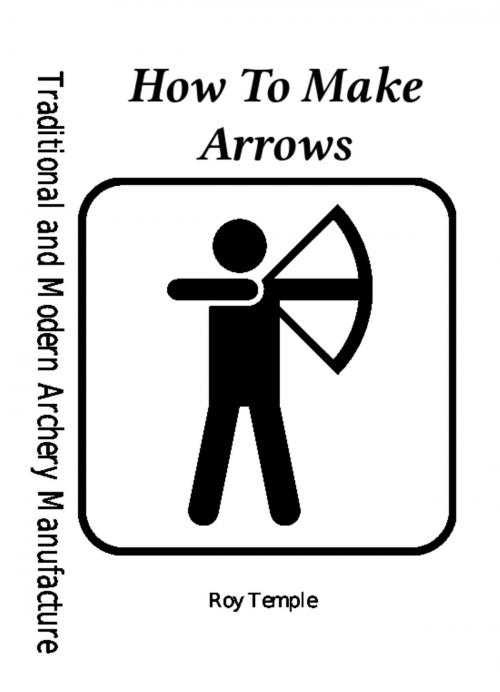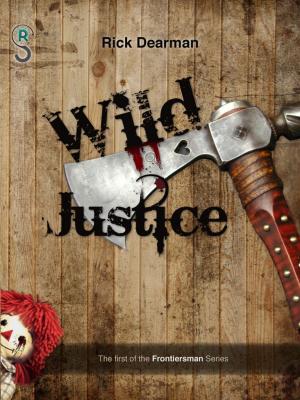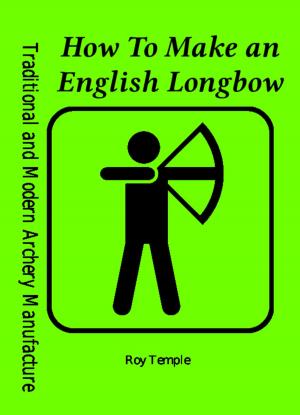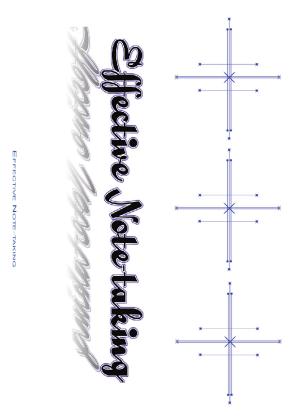How To Make Arrows
Nonfiction, Sports, Individual Sports, Archery, Home & Garden, Crafts & Hobbies, Woodwork| Author: | Roy Temple | ISBN: | 1230000286775 |
| Publisher: | XGI Publications | Publication: | December 19, 2014 |
| Imprint: | Language: | English |
| Author: | Roy Temple |
| ISBN: | 1230000286775 |
| Publisher: | XGI Publications |
| Publication: | December 19, 2014 |
| Imprint: | |
| Language: | English |
Do you know the difference between a Bowyer and a Fletcher?
It has been said that any old stick can become a bow, but an arrow is a work of art. The person who makes bows is called a bowyer and the person who makes arrows is a fletcher. The word is derived from the French word flèche, meaning "arrow". Fetching is an art form which encompasses a variety of knowledge and skills and is arguably much more difficult than being a bowyer.
Do you know about the archers paradox?
When the arrow is on a bow it is pointing to either the left or right of the target. Yet the archer hits the target directly in from him. This is the archers paradox. In order to be accurate, an arrow must have the correct stiffness or dynamic spine, to flex out of the way of the bow and return to the correct path as it leaves the bow. This is why you can't use any old stick for an arrow, and why a fletcher needs to know the stiffness of each shaft in order to make a matching set of arrows.
Why make your own arrows when you can buy them cheap?
A few of the reasons are; economic, quality, keeping traditions alive, and the satisfaction of making something. Economically even when you include the one-off costs you might encounter for jigs, scales, or hand tools most people find they can save between 30%-50% off the cost of a dozen arrows. You may not recoup the cost on the first dozen, but you certainly will on subsequent batches.
Why buy this book?
This is a concise guide to arrow-making. It will show you how to become a flecther. It will show you how to fletch your own arrows using natural or manmade materials. Teach you about fetchings, piles, shafts and all the nomenclature a fletcher needs to know. It will instruct you on how to determine “front of centre”, tapering and everything you need to know to manufacture your own arrows.
Do you want to be a fletcher and keep alive thousands of years of traditional arrow-making?
Click the button and buy now.
Do you know the difference between a Bowyer and a Fletcher?
It has been said that any old stick can become a bow, but an arrow is a work of art. The person who makes bows is called a bowyer and the person who makes arrows is a fletcher. The word is derived from the French word flèche, meaning "arrow". Fetching is an art form which encompasses a variety of knowledge and skills and is arguably much more difficult than being a bowyer.
Do you know about the archers paradox?
When the arrow is on a bow it is pointing to either the left or right of the target. Yet the archer hits the target directly in from him. This is the archers paradox. In order to be accurate, an arrow must have the correct stiffness or dynamic spine, to flex out of the way of the bow and return to the correct path as it leaves the bow. This is why you can't use any old stick for an arrow, and why a fletcher needs to know the stiffness of each shaft in order to make a matching set of arrows.
Why make your own arrows when you can buy them cheap?
A few of the reasons are; economic, quality, keeping traditions alive, and the satisfaction of making something. Economically even when you include the one-off costs you might encounter for jigs, scales, or hand tools most people find they can save between 30%-50% off the cost of a dozen arrows. You may not recoup the cost on the first dozen, but you certainly will on subsequent batches.
Why buy this book?
This is a concise guide to arrow-making. It will show you how to become a flecther. It will show you how to fletch your own arrows using natural or manmade materials. Teach you about fetchings, piles, shafts and all the nomenclature a fletcher needs to know. It will instruct you on how to determine “front of centre”, tapering and everything you need to know to manufacture your own arrows.
Do you want to be a fletcher and keep alive thousands of years of traditional arrow-making?
Click the button and buy now.















